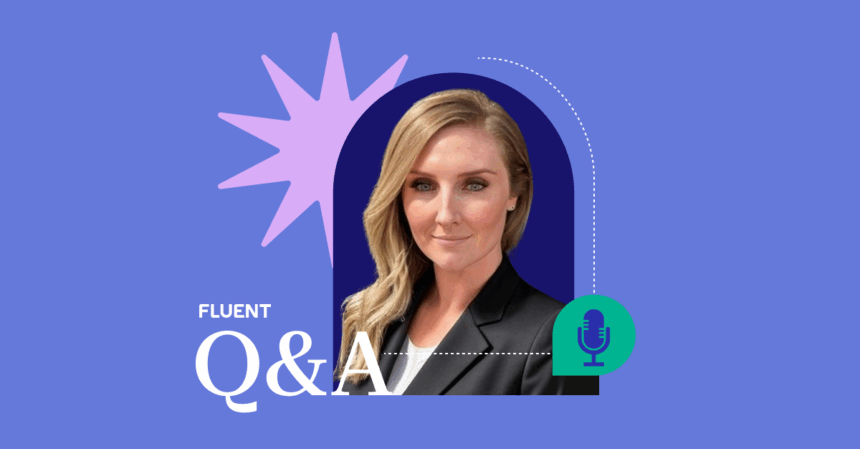Conversion Rate
What is a conversion rate? When an online user buys a product or signs up to receive information from a website, that’s called a conversion. In that context, the conversion rate calculates what it took to make those actions happen. The rate breaks down the steps to that sale or sign up by showing a percentage of users who converted versus the ones who didn’t.
How do conversion rates work? The conversion rate is impacted by the quality of the website or landing page, the relevance of the offer, and the effectiveness of the call to action.
Types of conversion rates:
There are two main types of conversion rate:
- Micro conversion rate: This is the percentage of visitors to a website or landing page who take a small step towards the desired action, such as signing up for a newsletter or downloading a white paper.
- Macro conversion rate: This is the percentage of visitors to a website or landing page who take the ultimate desired action, such as making a purchase.How to measure conversion rate: Conversion rate is calculated by dividing the number of conversions by the total number of visitors to a website or landing page. For example, if a website has 100 visitors and 10 of those visitors sign up for the newsletter, the conversion rate is 10%.
Why are conversion rates important to marketers? When looking at the range of performance metrics, Conversion Rate ranks highly because they show how effective a campaign is in leading to outcomes such as sales and sign ups.
Who needs to know what conversion rates are:
- Digital marketing manager
- Paid search specialist
- Social media manager
- Content marketing manager
- Affiliate manager
- E-commerce manager
- Product manager
- Marketing analyst
- Brand manager
Use conversion rate in a sentence: “If marketers have to turn up their ad volume to boost or even maintain Conversion Rates, the unintended consequence is that the increased supply of programmatic ads will be worth less as brands revert to less targeted approaches such as the old ‘spray and pray’ model.”


